Topics:
Never Miss a Beat - Get Updates Direct to Your Inbox
FILTER:
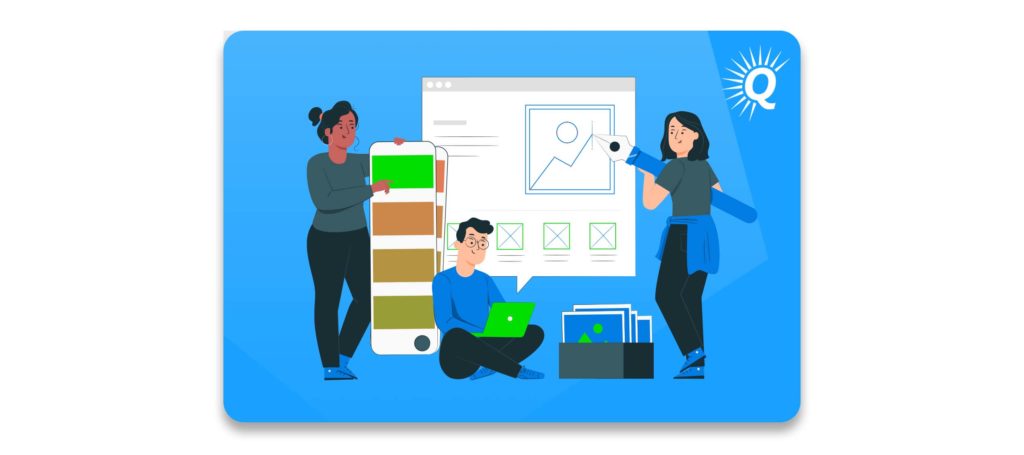

Tips to Increase Your Website’s Revenue
By Ian Drogin
When it comes to growing your online business, it’s important to look for high-leverage ways to increase your website’s revenue. In some cases, this may require implementing a new content strategy to reach your target customers. In other situations, you might need to optimize your CTAs to improve your conversion rates. Regardless of the opportunities your business faces, the first step is to understand the elements that have the greatest impact on your website’s success.
In this article, we address several high-leverage activities that can help you increase your website’s revenue. These include:
- Addressing technical issues
- Improving your content strategy
- Optimizing your user experience
- Implementing an effective digital marketing strategy


Technical issues impacting your website’s revenue
Technical issues can stand in the way of your site receiving the visibility it deserves. Even if you’re providing excellent content and offers, that doesn’t mean much if your site isn’t functioning properly.
Technical issues can easily prevent your website from reaching its full potential. Therefore, it’s crucial to examine each of the following technical elements and address any issues you find. While this section provides a helpful guide for understanding technical SEO issues, it’s typically best to receive a technical SEO audit performed by a professional. Cadence SEO is one such firm offering website audits and SEO solutions that can help you increase website value.
Broken links
Links break when a linked page’s URL is changed or removed. When that happens, a user may click a link only to find that the page they’re expecting to visit no longer exists. Needless to say, this interrupts the user’s experience. Additionally, website crawlers view broken links as an indication your content isn’t high quality.
To address this issue, it’s important to monitor both internal and external links. When a broken link is identified, it should be replaced or removed as quickly as possible. Typically, identifying such issues requires a site audit or automated monitoring process.
“Technical issues can easily prevent your website from reaching its full potential.”
Buy a Profitable Online Business
Outsmart the startup game and check out our listings. You can request a summary on any business without any further obligation.
Slow page speed
No one likes to sit around waiting for website pages to load. If a user can’t navigate your site quickly, more than likely, they’ll leave. And similar to broken links, it isn’t just users who will notice slow page speeds. Search engines will also identify this issue, causing a further impact on your website’s rankings and performance.
There can be multiple reasons why your pages might be slow. In some cases, the solution may be relatively simple, such as compressing images or reducing their size. In other cases, a developer may need to make more complex changes. A site audit should be able to identify the causes of slow page speed so you can make updates accordingly.
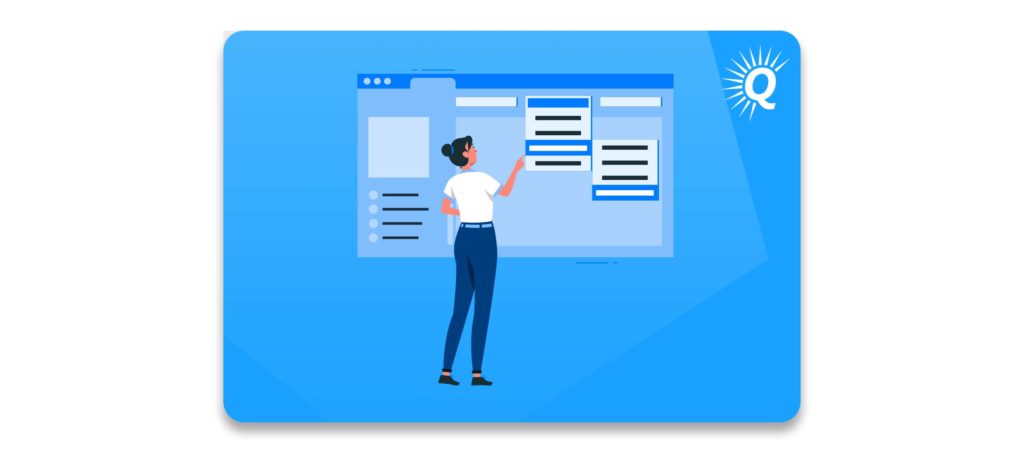

Not using meta descriptions correctly or failing to use them at all
Meta descriptions tell both users and search engines what a web page is about. When used as intended, meta descriptions align with users’ intent and include the appropriate keywords, helping your pages index correctly.
If you’re not creating optimized meta descriptions, it’s difficult for both users and search engines to understand what your pages offer. Not surprisingly, that typically leads to getting less traffic, and in turn, lower online business revenue.
Missing alt tags
When you add an image to your website, you have the option of including an alt tag. Essentially, an alt tag tells Google what the image is about, allowing it to index and rank for the appropriate keywords. If you’re not using alt tags, you’re missing out on the opportunity for your images to rank and drive traffic and revenue. An SEO audit should be able to identify images that aren’t tagged properly.
Poor linking structure
On your website, each of your pages should include relevant internal links. Not only do these provide more value to users, but they also tell Google how your site is structured.
Internal links should be used to increase the authority of your core pages. To do this, you should have most of your pages link to the page (or pages) that are most valuable and important. A technical SEO audit should be able to help you identify opportunities to improve your linking structure to increase traffic to your core pages.
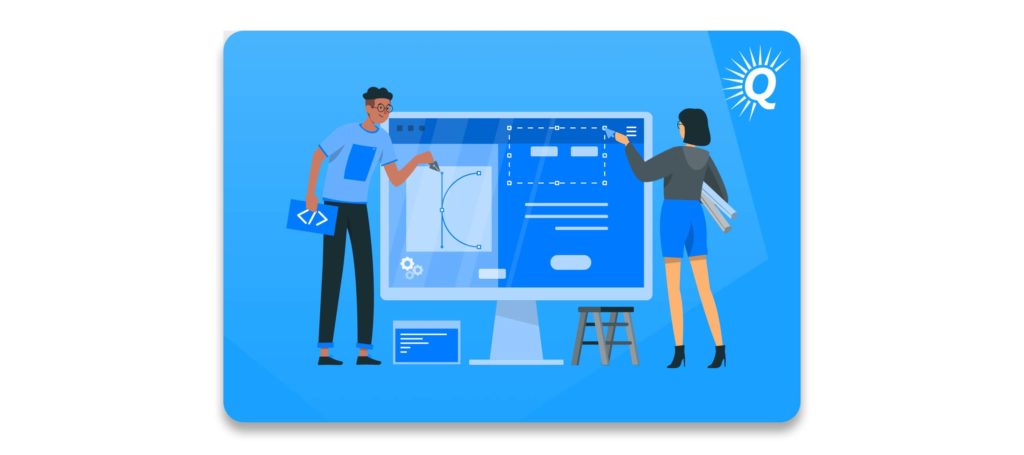

Improve your website’s content to increase revenue
In most cases, high-quality content is an essential part of improving your website and increasing revenue. There are a couple of reasons why this is the case.
High-quality content helps your website rank higher for relevant topics. This allows your site to appear near the top of the search results when your potential audience is browsing the internet. The more high-intent topics you can rank for, the more traffic your site will generate.
In addition to helping you improve search rankings, high-quality content also plays a crucial role when it comes to educating your audience and nurturing relationships. If you’re able to consistently provide valuable information and guidance in your area of expertise, you’ll build trust and authority with your target audience—both of which are essential when it comes to driving online sales volume.
“In most cases, high-quality content is an essential part of improving your website and increasing revenue.”
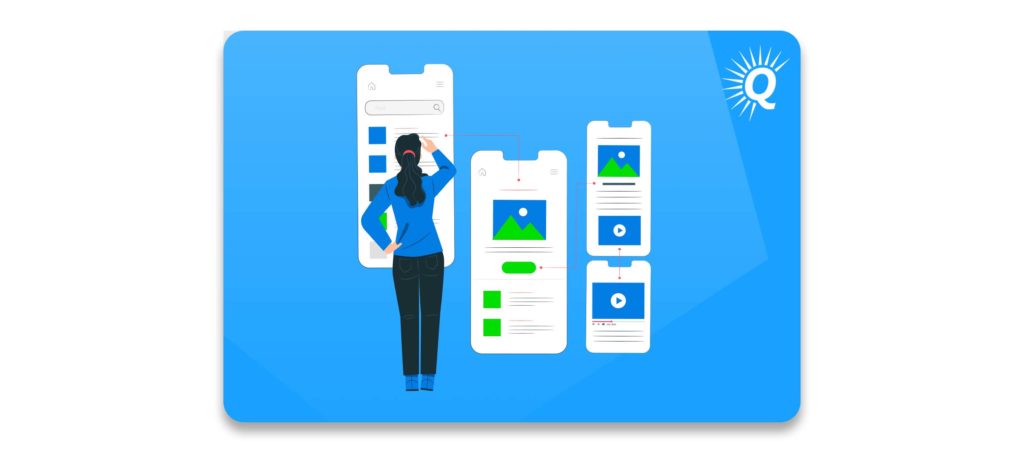

High-quality content encourages site visitors to take the next step in your customer journey. That could mean signing up for your email newsletter, scheduling a consultation, registering for a free trial, or purchasing a product. Regardless of your business model, creating content is a valuable investment when it comes to increasing website traffic and revenue.
In most cases, there are a few key steps to effectively use content to meet your business goals.
Create content about relevant topics
First and foremost, you need to know what topics your target audience is searching for. Assuming you’re familiar with your market, you likely have an intuitive sense of what they might want. While your own judgment is a good place to start, it’s also important to do your research to identify high-value content opportunities that solve your audience’s problems.
Google keyword planner is a free tool for determining search volumes for various keywords, but many website owners choose to invest in more robust software to help with the process.
“When it comes to creating content, it’s important to provide valuable, actionable information that is easy to digest.”
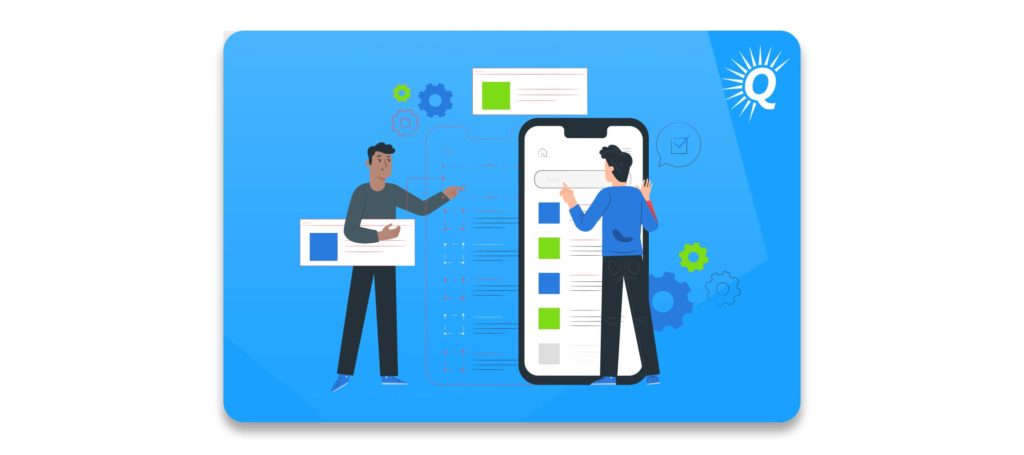

In addition to identifying search volumes, it’s also important to pay attention to search intent. As the term implies, intent refers to a user’s motivation for searching a specific keyword. For example, if you’re selling wooden bowls, “buy wooden bowls” is a much more valuable keyword than “how to make a wooden bowl.” A user searching for “buy” is likely your ideal potential customer. Someone searching “how to make” probably has a different intention that doesn’t align with your business.
When it comes to creating content, it’s important to provide valuable, actionable information that is easy to digest. You want your readers to gain important insights through your content, helping your site further establish credibility and trust.
Optimize old content
Creating new content is important, but it’s also crucial to make sure your older content is up to date. Not only does updating old content ensure site visitors are getting the most relevant information, but it also sends a positive signal to Google. In fact, it’s not unusual for a quick update to lead to a boost in search rankings. As a content website business owner, it’s a wise idea to routinely comb through your content archives to identify optimization opportunities.
As mentioned above, meta descriptions and alt tags play a crucial role when it comes to indexing and ranking. Therefore, any old content that doesn’t have these should be updated to ensure it’s gaining maximum exposure.
“Creating new content is important, but it’s also crucial to make sure your older content is up to date.”
Additionally, there are many situations in which content becomes outdated or irrelevant. For example, articles that are unique to a specific year (e.g., “best credit cards in 2020”) should obviously be updated. Also, any articles containing information that has changed since it was published should be updated as well.


Use effective CTAs
Effective use of calls to action (CTAs) makes it more likely that website visitors will take the next step in your new customers’ journey. There are many possible CTAs you can use in your content strategy, so it’s important to choose the ones that lead to the greatest results.
In most cases, business owners should test various CTAs to identify which ones have the highest conversion rates. For ecommerce businesses that sell products at a low price point, it might make sense to direct visitors to a product page. For high-ticket service businesses, a phone call or Zoom meeting might make the most sense. In many situations, an email capture form (i.e., a lead magnet) is a great choice. When used well, high-quality content and effective CTAs can help you generate more site traffic and advertising revenue.
Keep your website user-friendly to increase revenue
The easier it is for a user to gain value through your website, the more likely they are to become a paying customer. Therefore, creating a user-friendly experience is crucial when it comes to increasing website revenue and ad revenue.
The two steps listed above (fixing technical issues and creating high-quality content) will go a long way toward ensuring a user-friendly experience. There are a few additional elements to pay attention to when designing your site, however.
“The easier it is for a user to gain value through your website, the more likely they are to become a paying customer.”


Make sure your website is intuitive to use
When designing or optimizing your site, spend some time thinking about what a user’s intention might be on each page. Then, make sure it’s easy for the user to take the next logical step. This is an essential exercise to complete whenever you’re seeking to monetize a website.
Let’s say you have a content website that serves pet owners. On your site, you have blog posts about products related to cats, dogs, and birds. If all of your blogs and products are lumped together in one category, it will probably be difficult for dog owners to find what they’re looking for.
If you create separate categories for each animal, on the other hand, it will be significantly easier for users to find what they’re looking for. Instead of scrolling through a diverse collection of pages, users can simply navigate to the information they want to access through an easy-to-use menu.
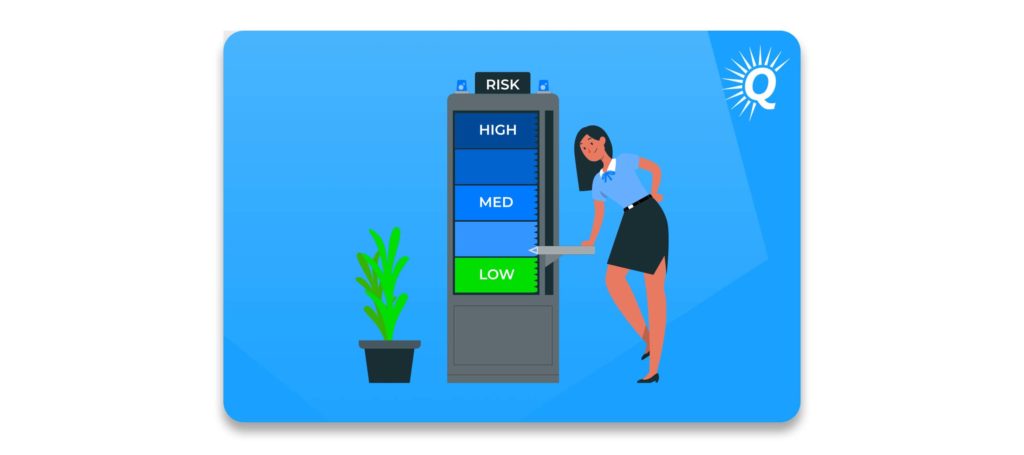

Fashion retailers do this all the time by establishing different sections for different kinds of products. Shirts, pants, socks, and shoes are typically divided into separate categories to make the online shopping experience as clear and straightforward as possible. When someone finishes shopping for shirts, they can simply select the next category (e.g., shoes) to navigate to the appropriate page.
Marketing strategies to implement on your website to increase revenue
In addition to content marketing, there are a few additional digital marketing strategies that can help you increase your website’s revenue.
Email marketing
Email marketing is an important part of most online businesses’ long-term digital marketing success.
One of the first steps to implementing an effective email marketing strategy is to generate leads. In the previous sections, we talked about how to use high-quality content to increase website visitors and capture leads. Once visitors are on your email list, you can follow up with them to nurture the relationship.
In email marketing, it’s important to strike the right balance between content and promotion to ensure a positive user experience. In other words, you don’t want to sell something in every email you send. Instead, you want to provide significant value without selling while also sprinkling in promotional offers at the right times.
“Email marketing is an important part of most online businesses’ long-term success.”
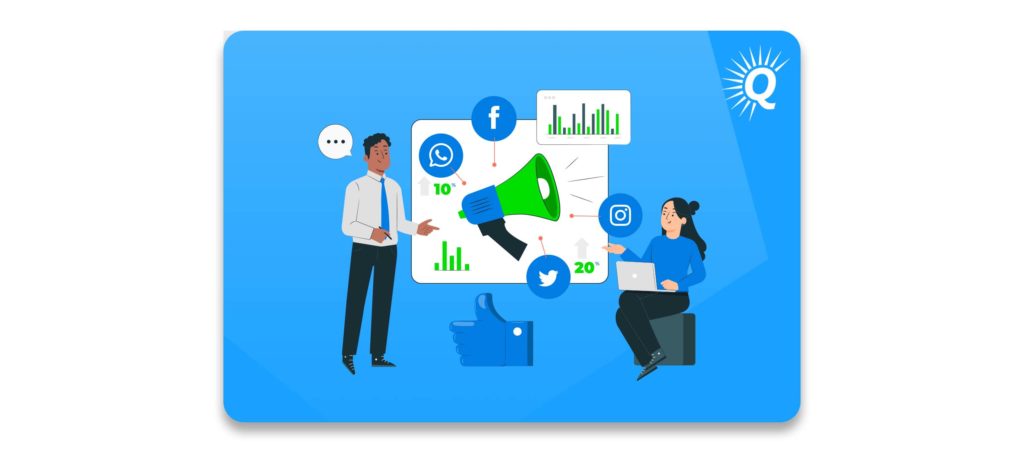

Social media marketing
Social media can be another great tool for growing your website and increasing revenue.
Typically, social media works best when it’s used in tandem with content creation. For example, if you publish a video or blog post on your site, you can use social media to promote it. In doing so, the content becomes a valuable asset for growing your social media presence. And in turn, social media becomes an important tool for driving web traffic to your website. Google Analytics can be used to help track your success.
Conclusion
Building a valuable website is a great way to generate leads and revenue. While it’s not something that can be accomplished overnight, your daily efforts can compound over time to create a profitable, fulfilling business that you can sell down the road.
Thinking of Selling Your Business?
Get a free, individually-tailored valuation and business-readiness assessment. Sell when you're ready. Not a minute before.





